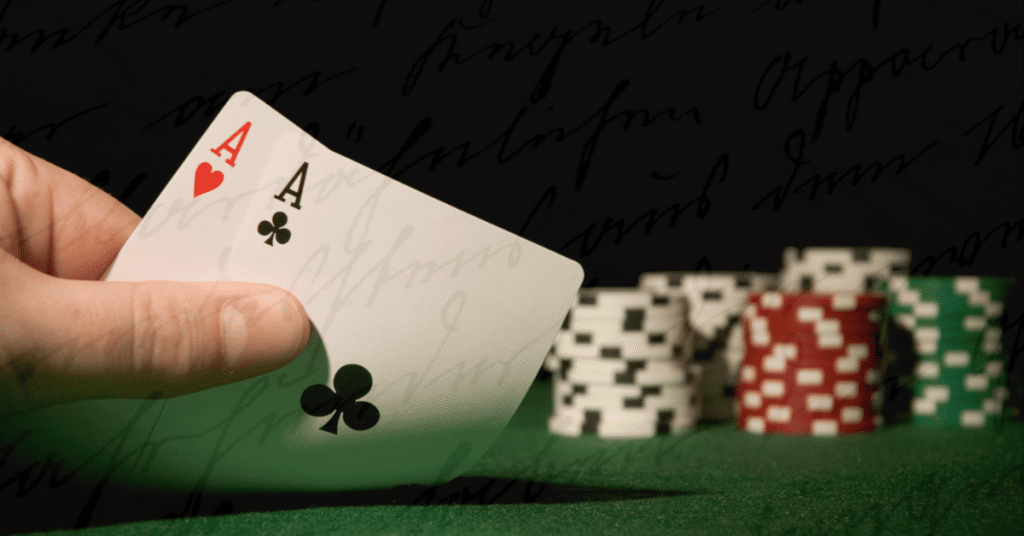
For beginners, the poker world can often be confusing. Even if you’ve been playing for some time, certain terms that you might not understand will crop up. When that happens, it can be rather intimidating, and the last thing anyone wants is to show inexperience or confusion at the poker table. That’s why Magazine Poker is here to explain some of the more common terms.
Rainbow, or a rainbow board, is a term used in Texas Hold’em and Omaha that refers to a specific board texture on the flop. Essentially, it means all three community cards are a different suit. For example: club, heart and diamond. The reason it’s so important to watch out for is because a ‘rainbow board’ means no player can make a flush on the turn. Therefore, lower-strength hands, such as if you were to have the top pair or two pairs, have less to worry about at this stage of the hand.
No, this isn’t a nod to the 2013 poker film starring Justin Timberlake and Ben Affleck. The term ‘runner runner’ describes a situation where a player makes a big hand after catching consecutive cards on the turn and the river. For example, let’s say we’re holding two hearts and the flop reveals the seven of diamonds, the jack of spades and the four of hearts. To complete our potential flush, we’d need to hit running hearts – one of the turn and one on the river. Of course, it’s an unlikely scenario but it will happen some percentage of the time, both for you and your opponents.
Drawing dead is never a term you never want to be on the receiving end of at the poker table. Essentially, this means that it’s impossible for you to win at showdown, regardless of which cards appear on the turn or on the river. Here’s a quick Texas Hold’em example:
While player 2 has an open-ended straight draw, as well as a backdoor flush draw, unfortunately, he is ‘drawing dead’. It doesn’t matter which cards fall, it’s impossible to outdraw quads given the fact that player 1 holds the required Jc needed for the backdoor royal flush.
In poker, there are two main types of drawing hands – flush draws and straight draws. However, it’s possible to have a hand that has both of these at the same time. A common combo draw would be something like 7d and 8d on a board of 6c 9d Kd. This gives you eight potential outs to a straight (any 5 or 10), plus 8 outs to a flush (any diamond). So, as you can imagine, they can be very powerful holdings, provided you play them correctly.
Having the ‘nuts’ in poker means you’re holding the best possible combinations of cards in a particular hand at any given time. In this situation, you can never lose. You’ll either always win or split the pot (chop). However, it’s important to remember while a player can flop the nuts, the hand may not remain the nuts after the turn and river.

Say hello to Ajit Raghavan, the poker-savvy dynamo behind Magazine Poker! Ajit is a whiz when it comes to the virtual felt, sharing his wisdom on everything from Texas Hold’em tactics to mastering multi-table tournaments. His articles are like a well-shuffled deck—full of excitement and always delivering a fresh twist on the poker scene. With an approach as engaging as a high-stakes game, Ajit infuses each piece with the thrill of the draw and the joy of a well-played hand. Whether you’re bluffing your way to a big pot or aiming for that royal flush, Ajit’s insights ensure your poker journey is both fun and fulfilling. Ante up and enjoy—the game’s just getting started!